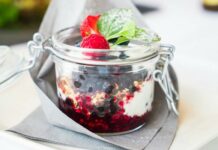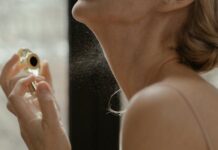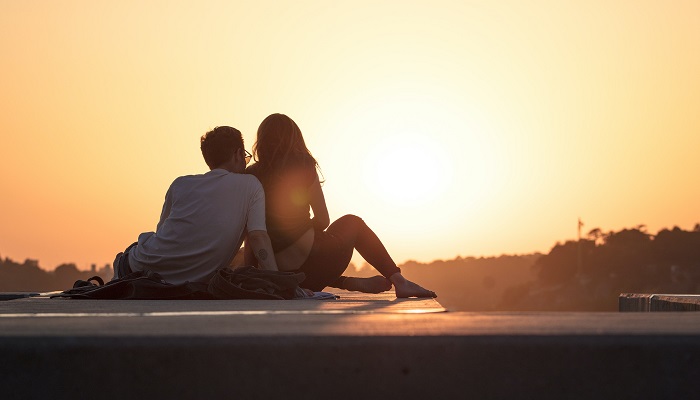
The quest for beauty is as old as civilization itself, weaving through the annals of history from the ancient sands of Egypt to the bustling modern clinics of cosmopolitan cities. This enduring journey of beauty standards is a vivid tapestry of cultural narratives, technological advancements, and evolving societal norms. It reveals a fascinating evolution from ancient rituals to contemporary practices like dermal fillers, illustrating humanity’s continuous endeavor to define and attain beauty.
Ancient Beginnings
The foundation of beauty standards was laid in the ancient world, where each civilization brought its unique perspective to the forefront. In ancient Egypt, beauty transcended mere aesthetics to encompass spiritual dimensions. The use of kohl to outline the eyes served dual purposes: enhancing appearance and warding off evil spirits. This dual use of natural pigments for body art and the elaborate braiding and styling of hair underscored a society where beauty rituals were deeply intertwined with cultural and religious practices.
Similarly, ancient Greece equated beauty with perfection and balance. The Greeks idolized symmetrical and harmonious physical features, viewing physical beauty as a reflection of divine goodness. This admiration for balance and proportion is immortalized in their sculptures and artworks, which continue to influence Western beauty ideals to this day.
In Asia, beauty practices were reflective of broader cultural values. During China’s Tang dynasty, the application of white powder on women’s faces was a symbol of social status and cultural refinement. In Japan, the Geishas’ elaborate makeup and hairstyles represented a sophisticated art form, deeply rooted in tradition and aesthetic principles.
Middle Ages to Renaissance: Shifting Paradigms
The transition into the Middle Ages and Renaissance marked a significant evolution in beauty standards, mirroring the changing times. In medieval Europe, beauty was heavily influenced by the church, with modesty and piety taking precedence over physical appearance. The Renaissance, however, reignited interest in the human form, inspired by the rediscovery of ancient Greek and Roman ideals. This era celebrated the natural human body, as seen in the works of artists like Botticelli and Michelangelo, who depicted beauty through a lens of naturalism and divine inspiration.
The Victorian Era to the 20th Century: Industrialization and Beyond
The Victorian era introduced a more demure and restrained approach to beauty, with pale skin symbolizing nobility and an untouched-by-the-sun lifestyle. The 20th century, however, with its wars, social upheavals, and technological advancements, brought about dramatic changes. The flappers of the 1920s, with their bobbed hair and shorter hemlines, challenged traditional norms, while the Hollywood glamour of the 1950s and 60s set a new standard for beauty with its emphasis on voluptuous figures and dramatic makeup.
The Modern Age: Technology Meets Beauty
Today, we stand at the pinnacle of technological innovation in the pursuit of beauty. The advent of non-invasive cosmetic procedures, such as dermal fillers, marks a significant milestone in this journey. Unlike the invasive surgical methods of the past, dermal fillers offer a subtler, more natural enhancement. They represent the modern desire for quick, effective, and less invasive options, reflecting a society that values both aesthetics and efficiency.
Dermal fillers, made from substances that mimic the body’s natural components, can restore volume, smooth out wrinkles, and enhance facial contours. This technology embodies the culmination of centuries of beauty evolution, offering a bridge between the desire for natural beauty and the advancements of modern science.
The Cultural Tapestry of Beauty
The evolution of beauty standards from ancient rituals to modern dermal fillers is a testament to humanity’s enduring quest to define and express beauty. This journey is not just about the changing trends in physical appearance but also about the shifting cultural, technological, and societal landscapes.
As we look to the future, it’s clear that the quest for beauty will continue to evolve, shaped by new innovations and cultural shifts. However, the essence of this pursuit remains constant—a reflection of the human desire to express individuality, to connect with cultural heritage, and to aspire towards an ideal.
In embracing modern procedures like dermal fillers, we are not discarding the beauty rituals of the past but rather building upon them, weaving a rich tapestry that spans the breadth of human history. This ongoing evolution of beauty standards reminds us that beauty is not a fixed ideal but a fluid concept, ever-changing and as diverse as humanity itself.
As we navigate the future of beauty, it’s essential to remember that at the heart of these advancements lies the timeless pursuit of self-expression and the desire to feel confident and comfortable in one’s skin. Whether through the intricate hairstyles of the ancient Egyptians, the balanced proportions of Greek sculptures, or the subtle enhancements of modern dermal fillers, the quest for beauty continues to be a universal and enduring aspect of the human experience.
Conclusion
The evolution of beauty standards from ancient rituals to the modern application of dermal fillers encapsulates a fascinating journey through human history, culture, and technological advancement. This journey highlights not only the changing ideals of physical beauty but also the enduring human desire to enhance personal appearance in a way that resonates with societal values and individual aspirations. The transition from the natural pigments and elaborate hairstyles of ancient civilizations to the sophisticated, science-backed procedures of today reflects a broader narrative of innovation, self-expression, and the pursuit of well-being. As we continue to explore and redefine beauty, the lessons of the past serve as a foundation for future innovations, reminding us that the essence of beauty lies in the diversity of its expression and the personal empowerment it brings.
Photo by Daniel Xavier on Pexels


















